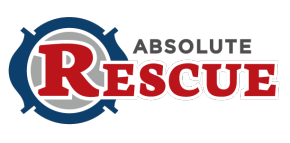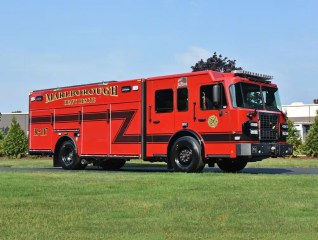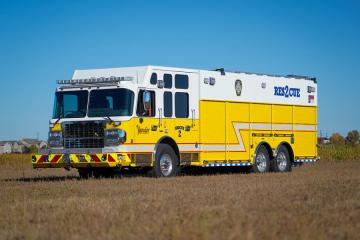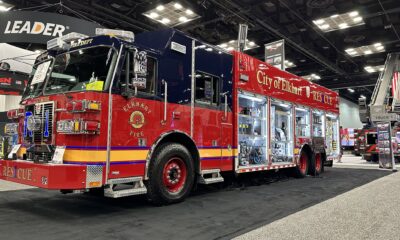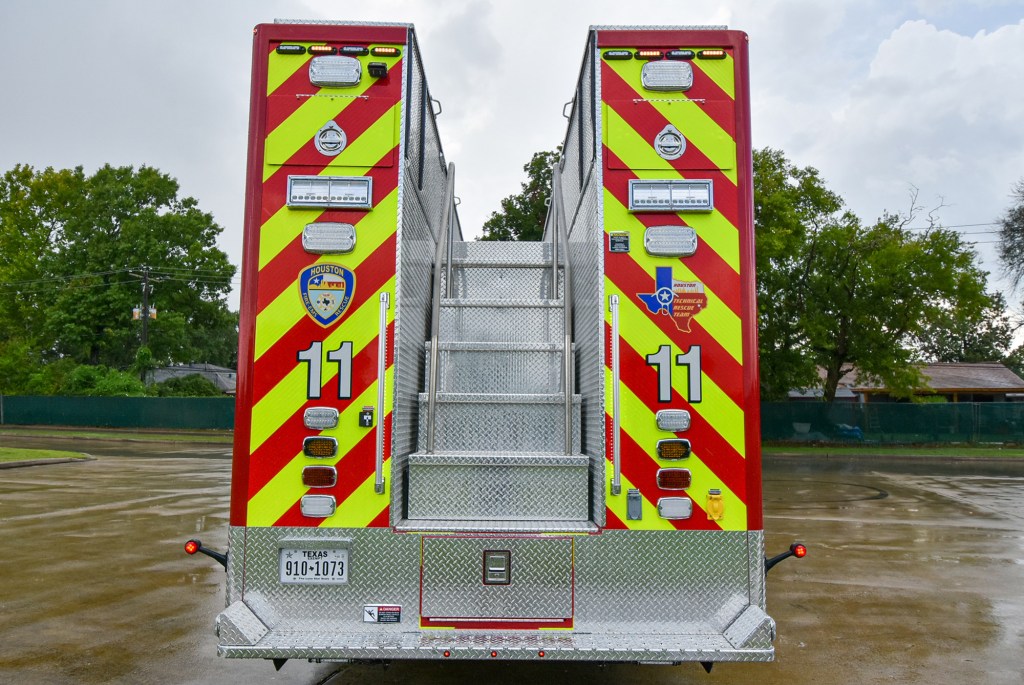Consider the following scenario.
You pull up on a freeway assignment in which a sport utility vehicle braked suddenly and a sedan behind it never came off the accelerator. The SUV’s rear axle and wheels are on the sedan’s windshield.
The sedan has moderate-to-heavy front-end damage with moderate dash intrusion to the front occupants. The SUV also has moderate-to-heavy front-end damage as it was forced into the vehicle in front of it, which it tried not to hit by braking rapidly.
There are five steps in this rescue progression.
- Analyze the loads.
- Apply primary stabilization.
- Develop primary and secondary action plans for extrication.
- Apply secondary stabilization.
- Implement extrication plan.
- Analyze the loads
This scenario does not involve the extraordinarily rare grab-and-go event where we swoop in without any stabilization measures and attempt a rescue. The bottom vehicle is relatively stable and somewhat compressed. The top vehicle may be highly unstable and capable of shifting at any moment.
Do a quick load calculation. The average car weighs 4,000 pounds. When assessing the top vehicle, this is an important number to know so that the right equipment is selected for stabilization and possibly lifting.
The majority of the weight of the top vehicle is on the ground with the engine compartment. So, the actual weight that is being applied to the bottom car will be less than half — approximately 1,500 to 2,000 pounds.
This is a really important practice. The next run may be an under ride involving a commercial vehicle. Being disciplined about making quick load calculations will pay dividends towards safe practices.
It’s also important to analyze the possible shifts in the top load. The vehicle naturally wants to shift forward, but there may also be an offset where only one wheel is up on the windshield and the other wheel is hanging in space. This could result in a shift to the side as well.
Apply Primary Stabilization
With the loads assessed, make the scene safe and start stabilizing. The foundation is the most stable part of the structure and the rest of the building process is dependant upon it. Think of the ground as the foundation.
Primary stabilization is the initial and minimum four points of contact to secure the void between the ground and the bottom vehicles. These are step chocks or large wedges and cribbing. Also, chock the wheels or apply winches, chains, cables or ratchet straps to eliminate lateral movement.
Then turn your attention to the vehicle on top and focus on the part of the vehicle at the foundation — the ground. In this scenario, it is the front bumper and front wheels of the SUV. Place inverted step chocks or wedges under the front bumper and chock the front wheels.
There is one caveat. If the vehicle on top is so precariously positioned that it presents a threat to rescuers, make it the first priority.
Primary stabilization also includes hazard management. If the batteries, ignition and transmission can be accessed safely, then do so. If not, this may have to be delayed until additional stabilization is in place. This should be a rarity. Getting to the keys and the shifter must be an initial priority.
Plan for Extrication
While the stabilization is taking place, the team leader or officer should be coordinating with EMS to gain access to the victims. Communicate with EMS personnel to triage patients and start planning.
In this scenario, the victims in the bottom vehicle most likely have entrapment through compressed doors, A post with roof line impingement and dash impingement. The victims in the top vehicle may be entrapped through door compression.
The elevation of the top vehicle will also present a challenge to the crews attempting extrication. This means the load will have to come down or the rescuers will have to go up. This layout of probabilities would require side out techniques and dash displacements.
The extrication sequence should be driven by the patients, with the most critically injured and still viable patients attended first. Remember, have more than one plan. Identify the weak points in your plan and have variables ready for the things that are least predictable.
If the bottom vehicle will require a dash lift, the top vehicle will most likely have to be lifted enough to create a gap for the dash to travel without moving the top vehicle. This plays a huge role in how you apply secondary stabilization to the top vehicle. Make this decision early to avoid a mess later in the rescue sequence.
If the top vehicle requires extrication, a game plan must be in place to allow rescuers to safely perform the sequence at height and remove the patient or the load must be brought down to ground for extrication and removal.
This is most easily accomplished by completing the extrication on the bottom vehicle with the top vehicle suspended and supported. Once the bottom vehicle extrication is complete, pluck it from under the top vehicle with a cable hoist or other appropriate means and then lower the top vehicle to ground.
Apply Secondary Stabilization
Although the top vehicle has a secured connection at the ground, it is unreliable. The high side of the load, which is on top of the windshield, is unsecured and could shift. There are two ways to accomplish this objective and they are separated by the need for a top vehicle lift.
If the top vehicle does not need to be lifted, then it often can be reliably stabilized by simply tensioning it to the ground vehicle. Do this by placing two ratchet straps in an “X” from the left undercarriage of the top vehicle to the right side of the bottom vehicle and vice versa. The attachment or anchor point on the bottom vehicle should not impede the extrication process.
For example, the A post would be an easy choice, but would place the ratchet attachment on a key area of the extrication. Running the straps all the way down to the opposing frame rails of the bottom car may be a better long-term choice if they are accessible.
If the top vehicle needs to be lifted, then it must be stabilized independent of the bottom vehicle. This will require struts. This should also involve a level of integration with the lifting equipment.
An A-frame or bipod are extremely versatile and can accomplish every aspect of this phase with minimal changes in gear. If these are not accessible, apply lifting struts or airbags as part of a system supported by stabilizing struts.
If a lift is going to be performed, both vehicles’ suspensions need to be captured. To do this, connect a ratchet strap to the top of the wheels, stretch it over the hood or rear deck lid and apply tension. This will ensure that the vehicles don’t grow when you start lifting.
Implement extrication plans
Start with your most critical patients, work as a team and keep at least two tools working at all times if possible. Keep a monitoring eye on any lifted loads and ensure that they are captured and secure.
Limit the lifts and dash displacements to only what is necessary. All excessive movements in this scenario increase risk. Typically, the bottom vehicle gets the side taken down and the dash displaced.
Patients are pulled and transferred. As soon as the patients are clear, hook the bottom vehicle and pluck it from the landing zone of the top vehicle. Bring the top vehicle to ground and finish the extrication.
This is a pretty complex rescue scenario. Remember the sequence and take a deep breath.
via FireRescue1.com
Techniques
Heavy Stabilization & Lift Class
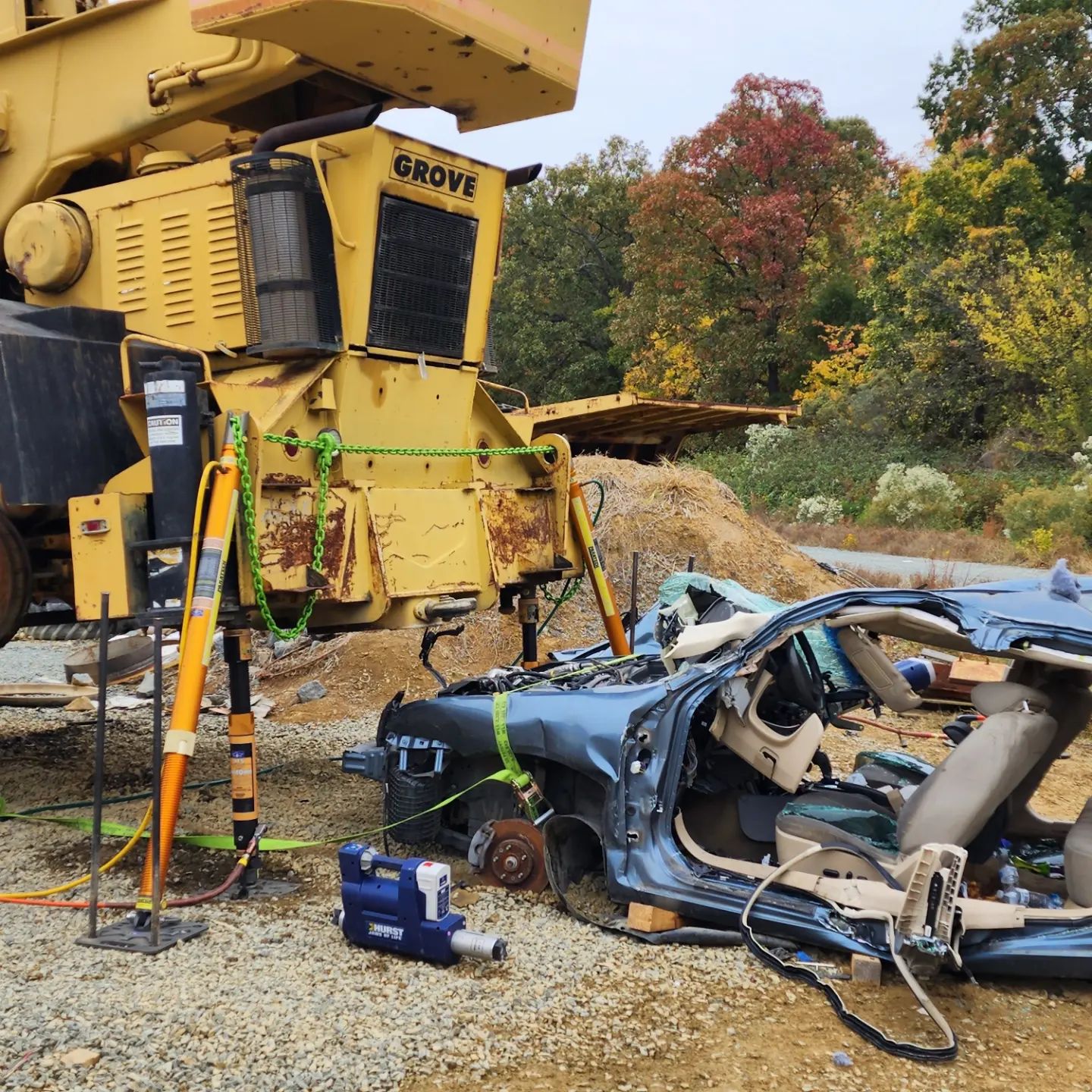
Heavy Stabilization & Lift Class
This weekend, Toranze Lee and Premier Extrication held their Heavy Stabilization and Lifting class taught. The class focused on advanced techniques using the Paratech equipment, eDraulic tools, grip hoists, vehicle stabilization methods, airbags for lifting, power tools, and the use of heavy wreckers for extrication.
Some of the departments that attended:
Building Collapse
Houston Fire Department’s Trailer 11
Check out Houston Fire Department’s new Trailer 11 purchased from Metro Fire Apparatus Specialists, Inc. It’s packed for of Paratech equipment with room for more!

Houston Fire Department’s Trailer 11
Check out Houston Fire Department’s new Trailer 11 purchased from Metro Fire Apparatus Specialists, Inc. Check out the pictures below and make sure you follow the social media pages from Metro Fire Apparatus Specialists.
Overall Pictures
Compartments Pictures
Rear Pictures
Heavy Rescue
Overturned Tractor-Trailer Extrication
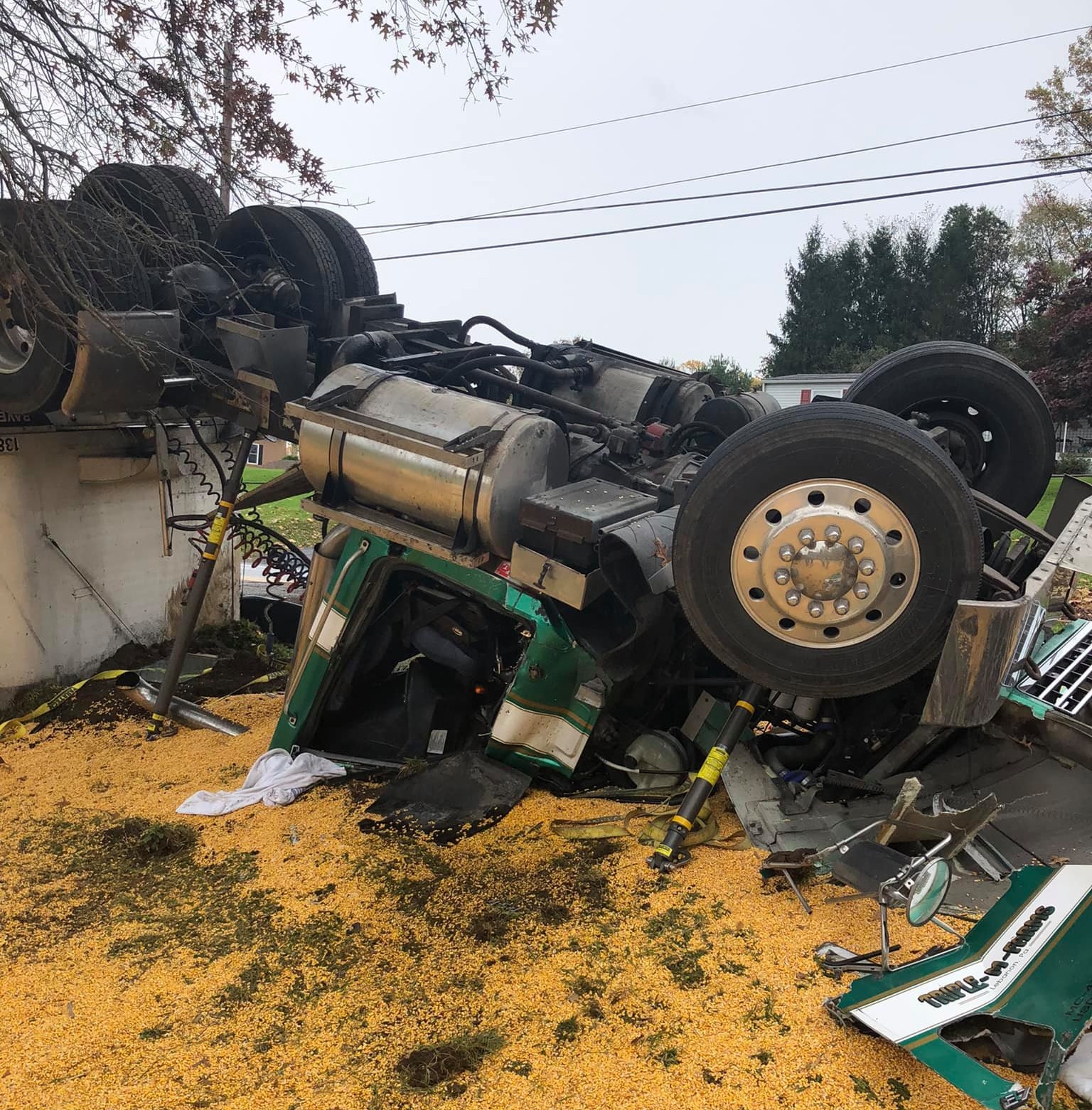
Overturned Tractor-Trailer Extrication
Check out the overturned Tractor-Trailer, confirmed entrapment, and power pole down that Elizabethtown Fire Dept Station 74 had earlier today.
